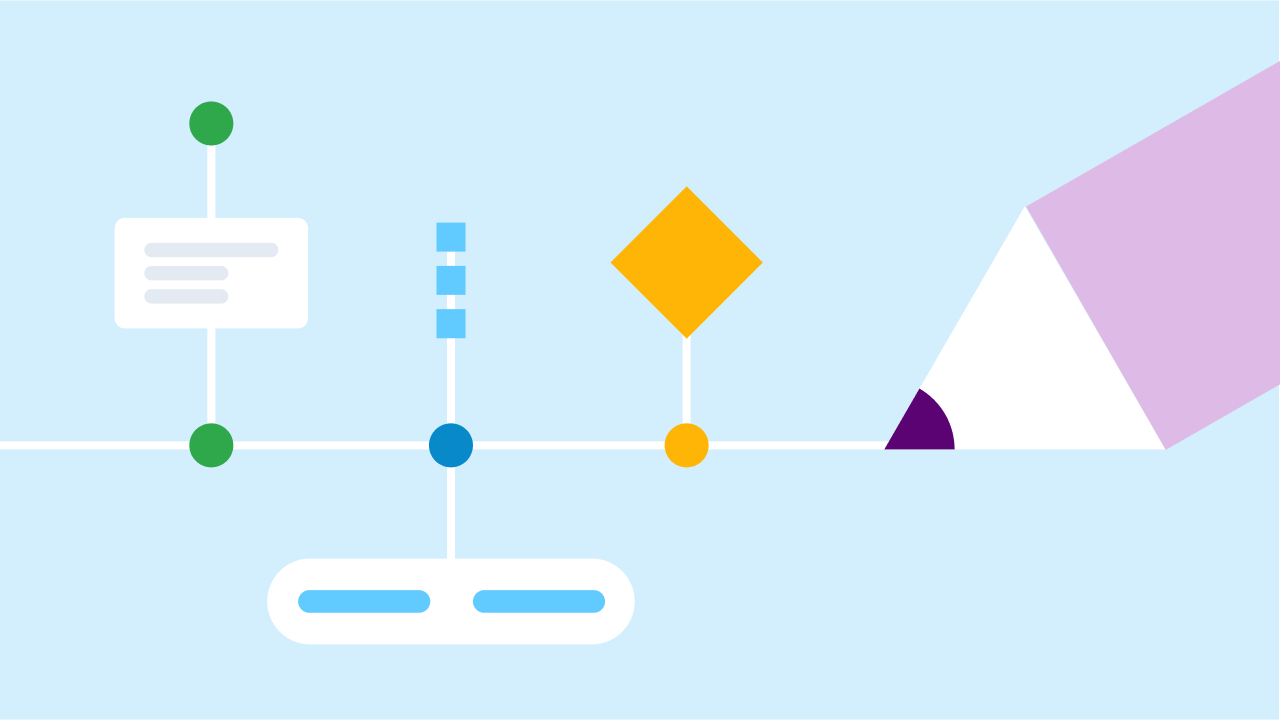NYU Stern’s Tech MBA program is tailor-made for graduate business students zeroed in on the intersection of business and technology — so it’s no surprise that students are required to take a class called “Foundations of Networks and Mobile Systems.” Historically, this class has focused on traditional coding, but Assistant Adjunct Professor Taylor Valore had another idea: Why not teach internet and software fundamentals on Bubble? With Bubble, students could learn the practicalities of building software products to support success in the real world, without weighing them down in unrelated material (read: how to write code).
And so for the fall 2023 semester, Taylor taught just that. His students not only gained an understanding of estimating complexity, the technical drivers of business decisions, and backend and frontend concepts, but also teamed up to solve real-world problems by building Bubble apps — and Bubble was there as a classroom partner throughout the entire journey.
A curriculum designed for the real-world
The majority of students taking Taylor’s class weren't coders and didn’t come from technical backgrounds. While many MBA students do go on to pursue careers in software product management, Taylor stresses that “most of them don’t aspire to roles in which they’ll be regularly writing code.”
So when Taylor compared the normal course syllabus against his students and their goals, he realized there was an opportunity to customize the material such that students learned software and internet fundamentals but weren’t bogged down in impractical coding exercises.
“Bubble was a way to expose them to a lot of technical material that would make them strong product managers and give them enough information to be dangerous — without boring them or overwhelming them with technical content that they wouldn’t use or engage with.”
Learning software architecture and API integrations on Bubble
Taylor began by splitting his class of 38 students into 10 student groups. As part of the partnership, Bubble provided these student groups with discounted plans for easier collaboration and access to more advanced features. The direction was to come up with an idea for an app, then learn how to build it.
Each team would finish three deliverables by the end of the course: a product requirements document (PRD), a technical architecture document (TAD), and a fully-functioning app.
Rather than focusing on frontend development, Taylor shares that “from the very beginning, I steered them toward integrating APIs through Bubble.” Students learned how to connect their Bubble apps to a variety of systems like ChatGPT, Spotify, and even the Target API.
A “strong use case” for Bubble in the classroom
“There were ten apps in the end — and all the apps worked,” Taylor says. One app, for example, helped diners pick the most well-reviewed items on a menu by integrating with Google Maps, scraping reviews from Yelp, summarizing the reviews via a ChatGPT integration, and presenting them in a clean UI.
Another project helped users plan parties by using AI to understand the purpose and details about a party, then connected with the Target API to know what to purchase and the Spotify API to generate a thematic party playlist.
“There’s a really strong use case for Bubble in education,” says Taylor. “The team made it very easy.” Better yet, Taylor shares student feedback from the course was overall positive.
Incorporating Bubble in the classroom enabled students to solve real, everyday problems in just a few weeks time — flexing their entrepreneurial and systems muscles without writing code.
Build your app on Bubble's Free plan. No need to upgrade until you're ready to launch your app.
Join Bubble





